sound transmission class (stc) is a measure of the
Sound Transmission Class STC In Chapter 9 we discussed the formal procedures for the measurement of the airborne sound transmission loss and the determination of the Sound Transmission Class STC of a partition. The Sound Transmission Class STC measured in decibels is used to measure building materials ability to absorb sound.
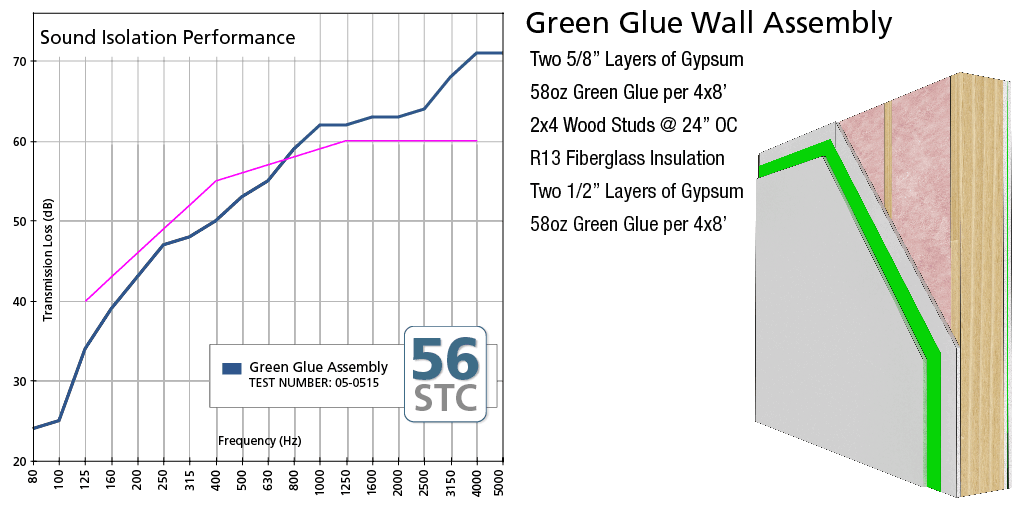
Sound Transmission Data For Insulation Rolls Avs Forum
Simply put it measures how much sound a wall for instance will.
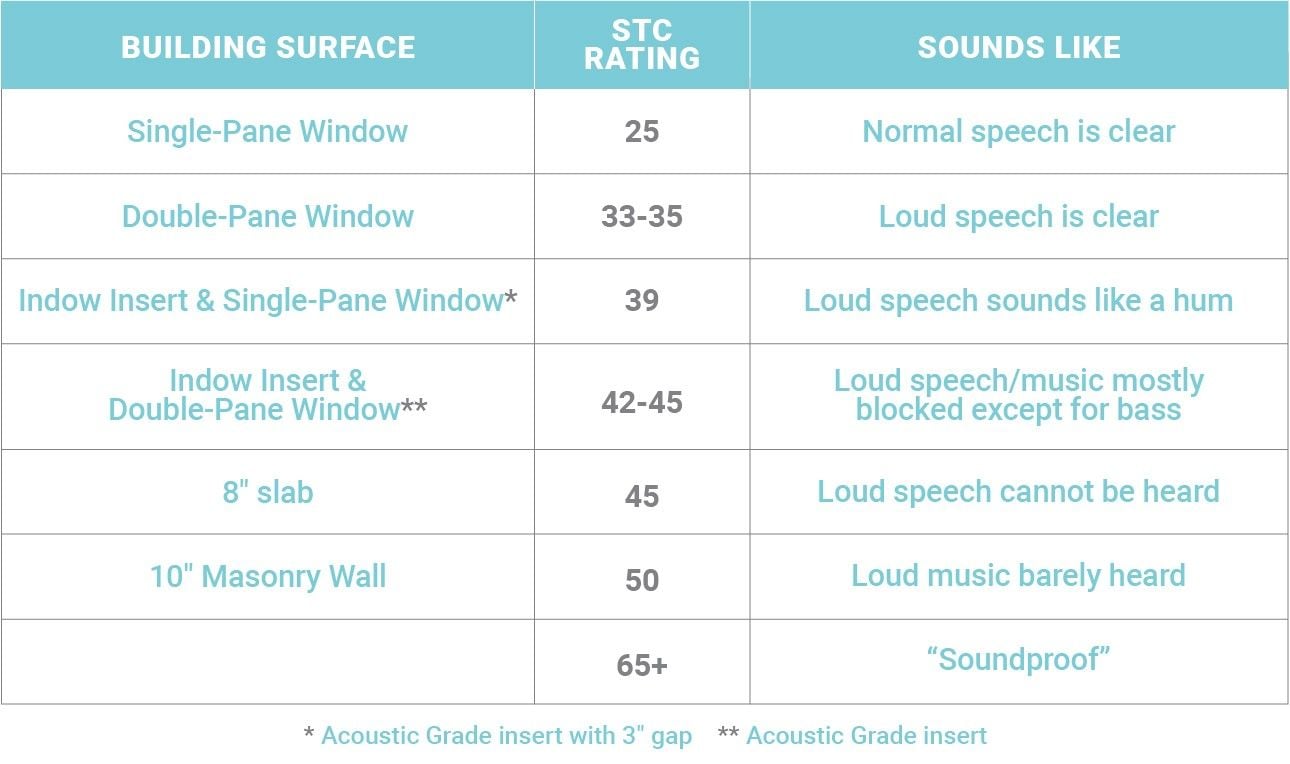
. The decibel reduction in noise that a materialpartition may give abbreviated dB is used to calculate STC. It measures how much sound a wall door window or ventilation system for instance will block noise from getting through to the other side. In the USA it is widely used to rate interior partitions ceilings and floors doors windows and exterior wall configurations see ASTM International Classification E413 and E90.
Lets start by explaining dB. Dont worry well explain all this below. STC or Sound Transmission Class is meant to measure how much sound a partition like a wall would stop.
Sound Transmission Class STC - The STC rating is a single number value quantifying the ability of a material to resist the transmission of sound. The STC scale is a logarithmic measure of sound reduction throughout the frequency range of human hearing. The STC is a weighted average of the transmission loss values at 16 third-octave band frequencies that is normalized using the area of the common.
People often mention NRC and STC ratings in similar contexts but they are slightly different rating systems. Although its a commonly used rating to tell you how effective. So sound transmission class is a rating and measurement system from 125 to 4000.
Technically speaking STC stands for Sound Transmission Class which is the measurement used to calculate the effectiveness of soundproofing materials in reducing sound transmission between rooms. Sound Transmission Class or STC is the rating system by which the ability of a partition to attenuate reduce the effect of airborne sound is measured. In short STC gives you a rough idea how much sound a wall for example might stop.
The higher the STC number the greater a materials ability to block sound. In the USA it is widely used to rate interior partitions ceilingsfloors doors windows and exterior wall configurations see ASTM International Classification E413 and E90. What is Sound Transmission Class.
A Sound Transmission Class STC rating is therefore an instrument measurement of how much noise is stopped. The higher the STC the better the barrier is against sound. Sound Transmission Class STC is used to measure a building materials ability to reduce sound.
The STC is measured by positioning a representative. The STC can be used to measure sound absorption for both external building walls and internal walls in single and multifamily structures. Youll see it as part of the technical specs for ceilingfloor assemblies doors soundproof windows and walls.
STC is measured roughly by the decibel reduction in noise a materialpartition can provide abbreviated dB. That is the magnitude of the fluctuations in air. An STC rating of 20 is considered very poor soundproofing quality whereas an STC rating of 60 is considered excellent soundproofing quality.
Technically speaking STC is a measurement that is used to determine how effective soundproofing materials are at minimizing sound transmission between rooms. They are then assigned STC ratings a United States standard since 1961. New for 2016 our Field Sound Transmission Class STC Test Kit is a 100 turnkey solution for testing any area to determine the field STC rating of a wall door partition or structure.
Higher STC ratings translate into more reduction in sound. What is STC rating. Featuring our PointSource software developed for single- and multi-point field STC testing this cost-effective package.
The sound transmission class was first introduced in 1961 and has since become the standard single-number metric to describe sound blocking materials. Lets first cover a few concepts. Sound transmission class STC provides an estimate of the acoustic performance of a wall in certain common airborne sound insulation applications.
Sound-insulating property of a material with respect to structure-borne sound. Sound-insulating property of a material with respect to airborne sound. The STC of a wall is determined by comparing sound transmission loss STL values at various frequencies to a standard contour.
The majority of common STC ratings fall within a range of 20 to 60. Soundproofing is measured in North America using Sound Transmission Class or STC. Sound Transmission Class STC is an integer rating of how well a building partition attenuates airborne sound.
STC or sound transmission class is a rating system used mostly in North America to measure or rather assign a number to the ability of a barrier or partition to inhibit sound energy from passing through it. It is the ability of a product or material to reduce the transmission of sound between rooms. But keep in mind in todays audio rooms were dealing with frequencies and amplitudes that are much greater than that frequency range that sound transmission class measures.
Sound-absorbing property of a material. Outside North America they use a term called SRI or sound reduction index. When STC is talked about it.
Sound Transmission Class or STC is an integer rating of how well a building partition attenuates airborne sound. As common as this measurement is it is quite limited and should not be totally relied upon for real world soundproofing expectations. STC is an average of measurement numbers that use 16 different frequency.
STC stands for Sound Transmission Class and is a rating of how well a structure reduces the transmission of airborne sound also known as attenuation. When researching soundproofing materials youll probably come across something called an STC rating. For architects delving into the zany fun-filled world of sound abatement another acronym that will pop up sooner rather than later is the OITC OutdoorIndoor.
Its the measurement of how much noise is reduced as it passes through a medium. STC Sound Transmission Class is the most common sound reduction measurement in use. This is an unedited transcript from our video series from Acoustic Fields.
It uses decibel db levels measured between frequencies of 125 Hz and 4000 Hz. Sound transmission class STC is a measure of the. Sound Transmission Class STC STC stands for Sound Transmission Class.
While the STC rating tells us how much sound is blocked from going through a product the NRC Rating. Decibels are a measure of sound intensity. Materials are tested over multiple sound frequencies from bass levels of 125Hz to treble levels of 4000Hz.
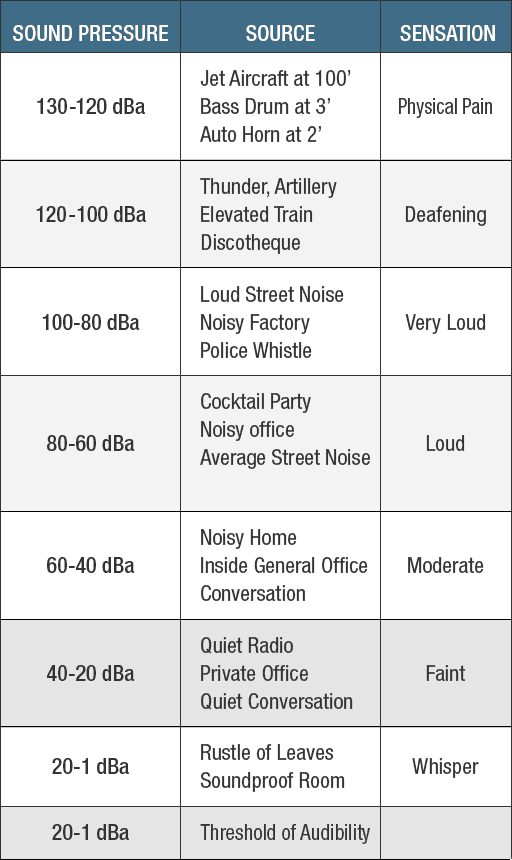
Understanding Stc And Stc Ratings Soundproofing Company

Sound Transmission Class Wikiwand
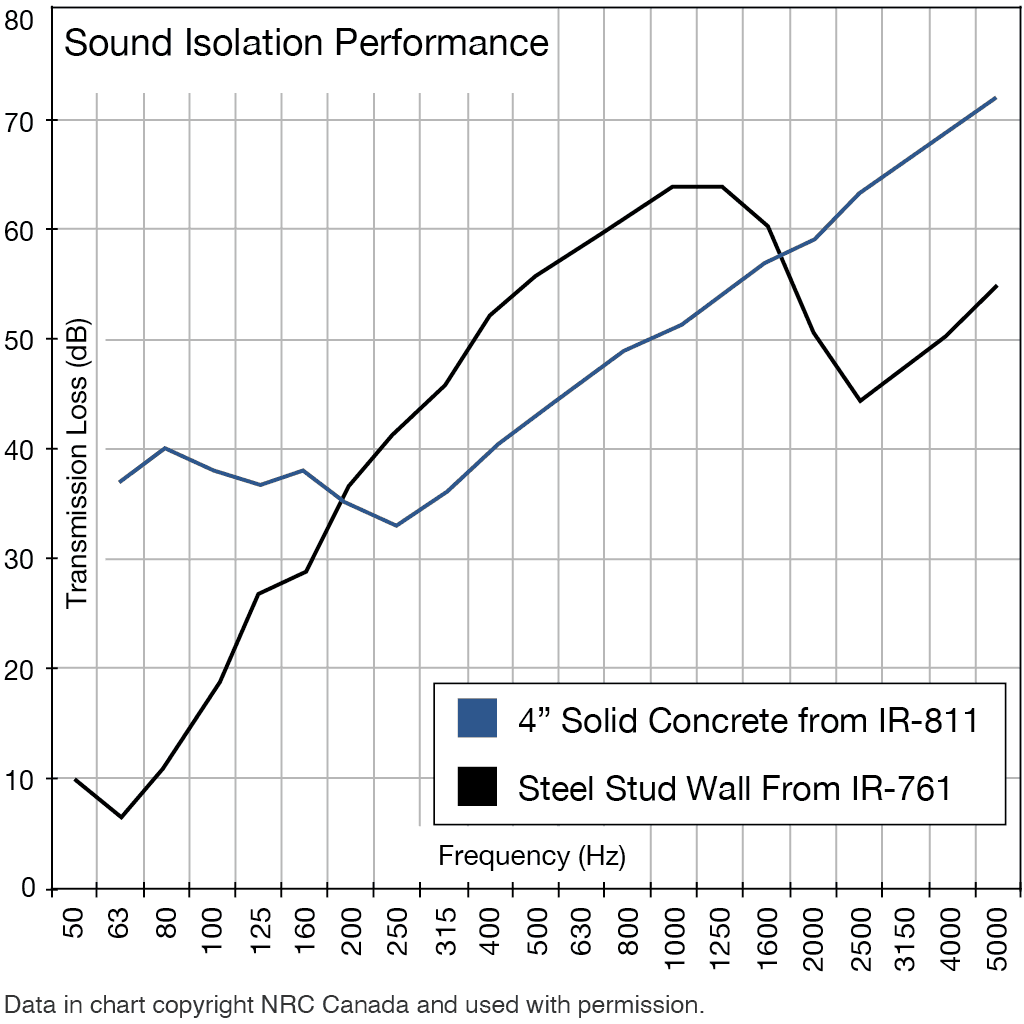
Understanding Stc And Stc Ratings Soundproofing Company
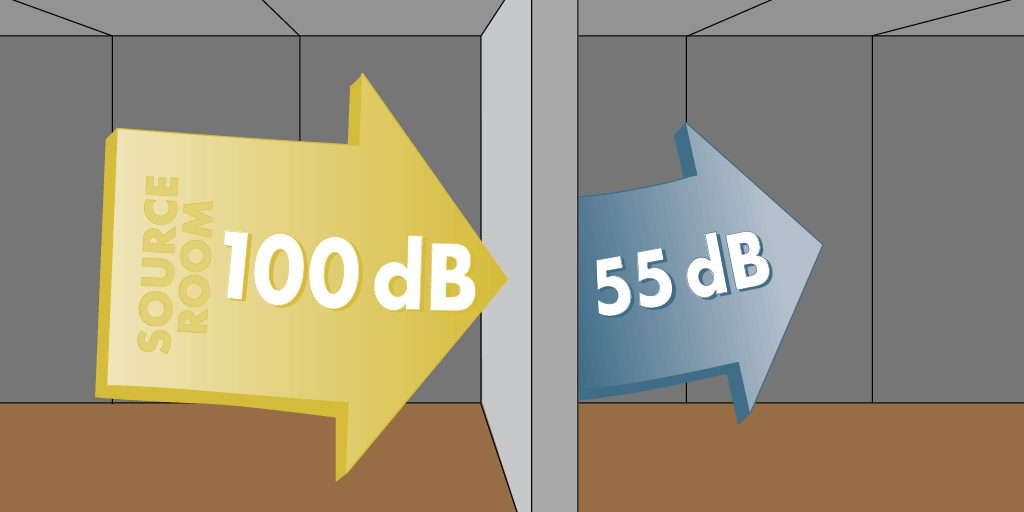
Understanding Stc And Stc Ratings Soundproofing Company
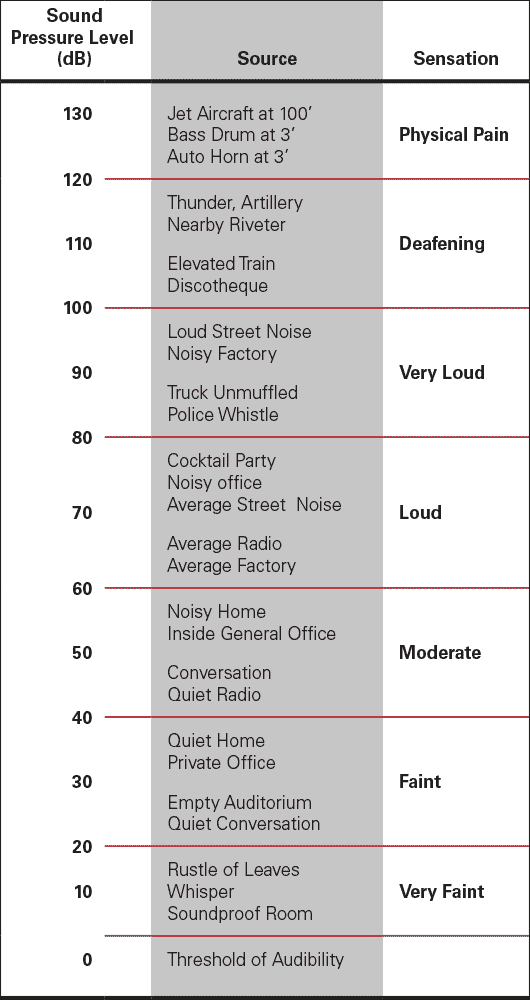
Understanding Stc Ratings Sound Acoustic Rating Chart For Doors
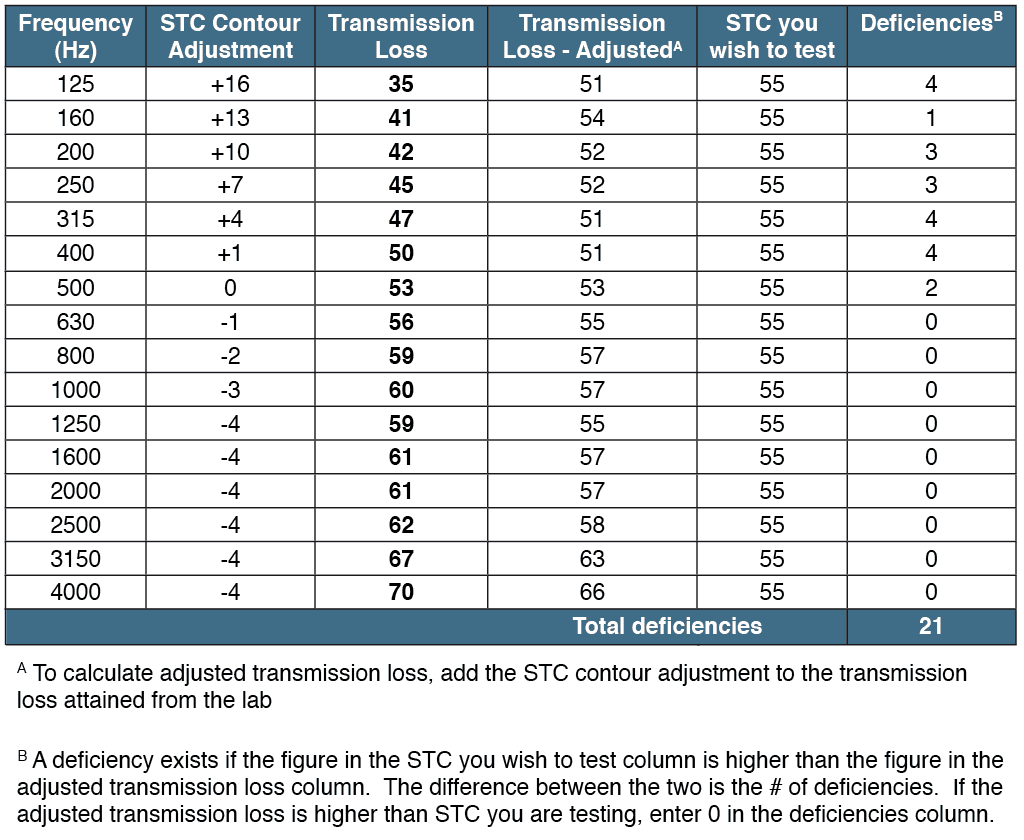
Understanding Stc And Stc Ratings Soundproofing Company
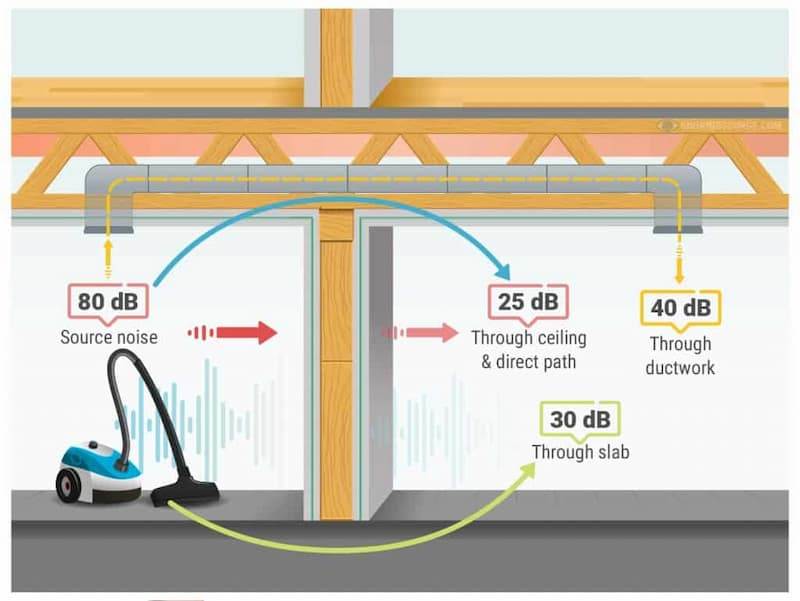
Explaining Sound Transmission Class Rating 2022 Stc

Sound Control Part 1 Stc And Nrc Gustin Design Services
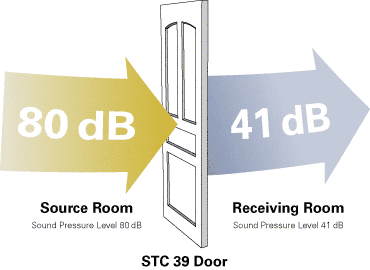
Understanding Stc Ratings Sound Acoustic Rating Chart For Doors
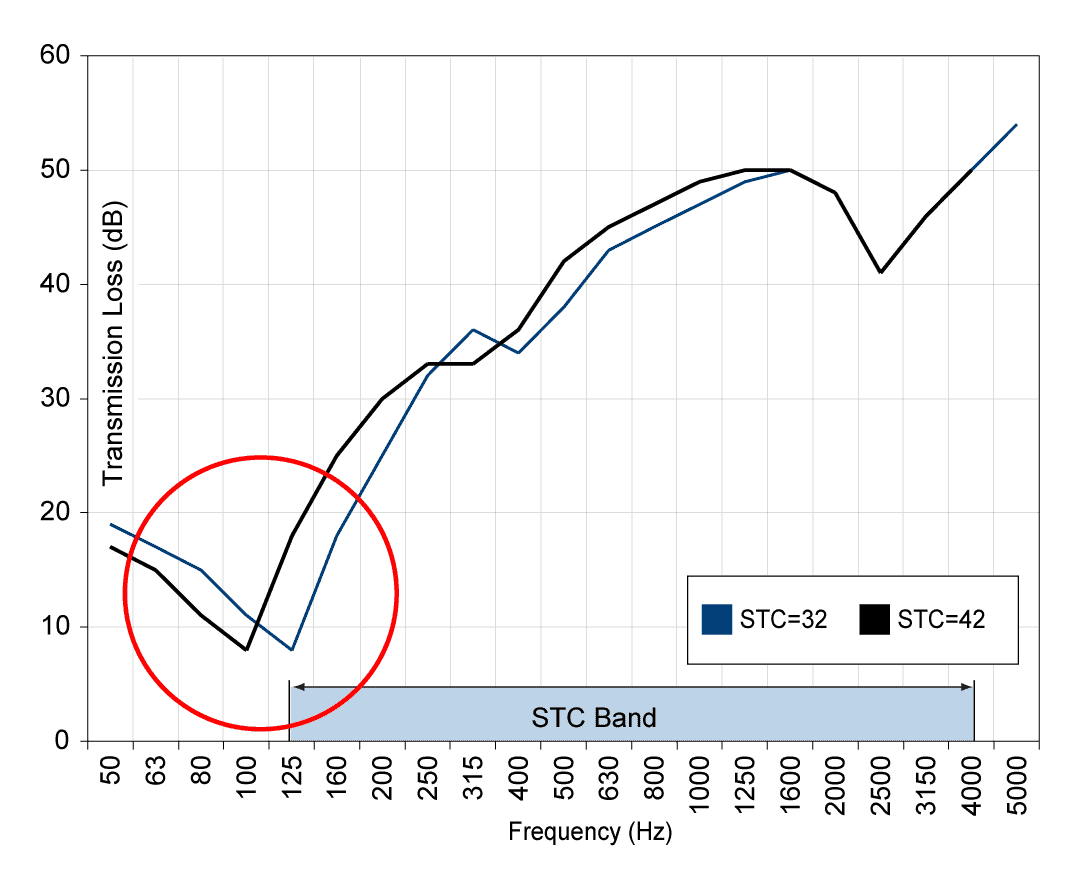
Understanding Stc And Stc Ratings Soundproofing Company
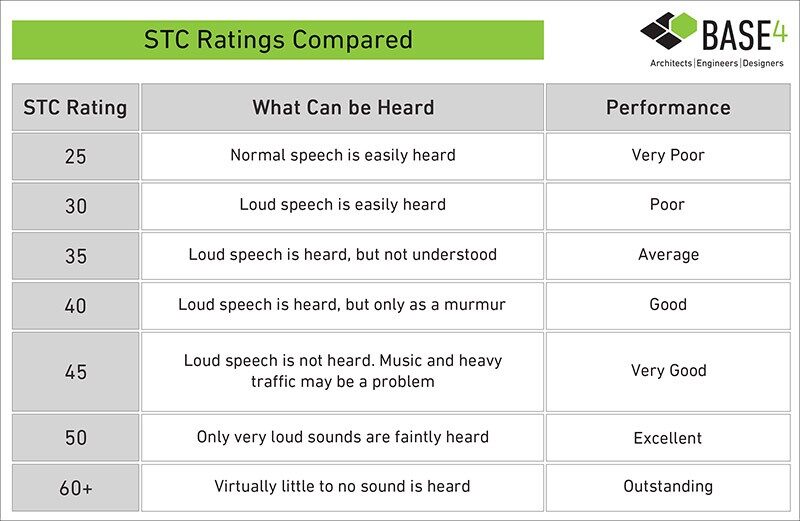
An Economical And Better Way To Block Noise Base4
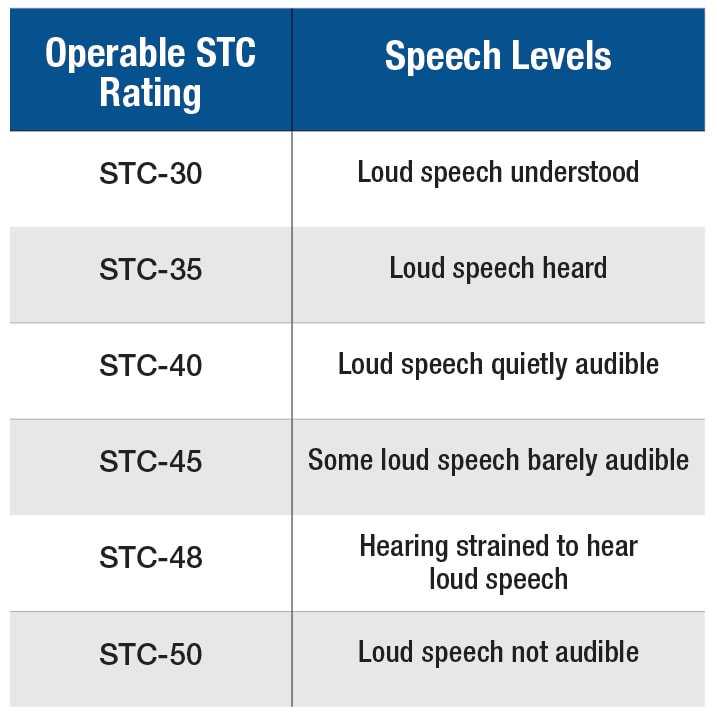
Choose The Right Stc Door Rating For Your Facility Doors
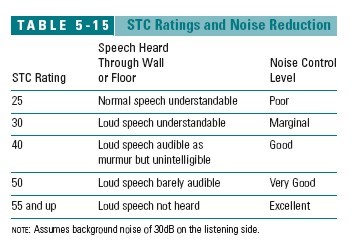
Sound Transmission Class Stc Sound Reduction Index Sri Wall Sound Transmission Control
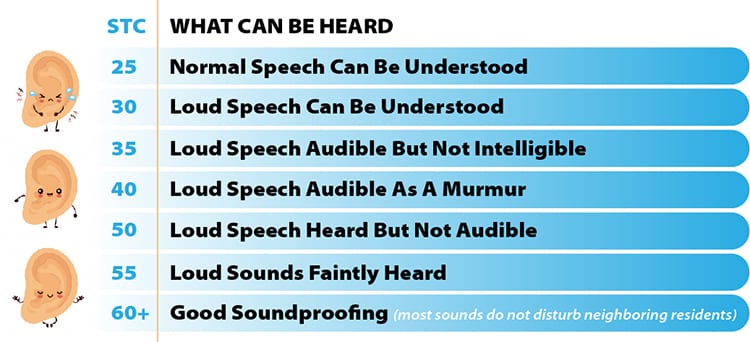
Sound Transmission Class Stc And Impact Insulation Class Iic Testing
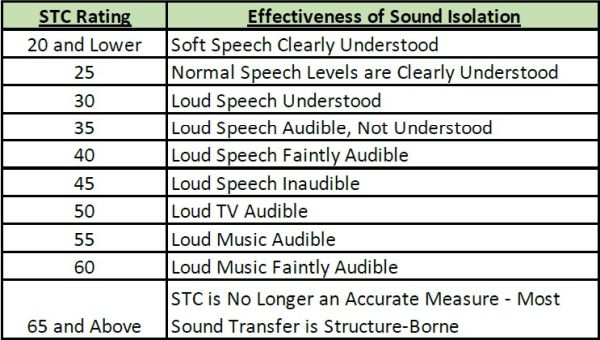
Target Stcs Recommended Stc Ratings On Demising Corridor Walls
